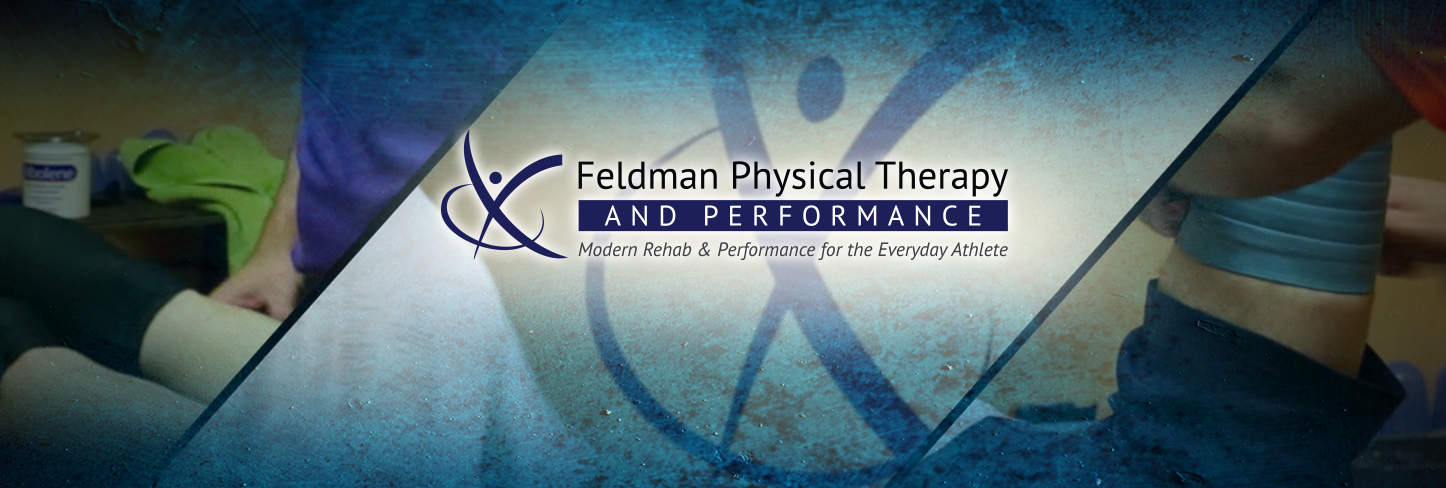
Acute vs Chronic Workload
March 20, 2019
Acute vs Chronic Workload Part 2
April 10, 2019Acute VS Chronic Workload
PART I: Now vs Then
For anyone who watched our Facebook Live videos or listened to the podcast on the “Acute-Chronic Workload” concept, today I’m bringing the information to our blog. Sean and I devoted a couple of videos to this, and I’m going to spend a couple posts covering it as well. Part I and Part II so to speak. To refresh your memory, Sean is my student that has been kicking some serious butt in the clinic and I’m excited to see him move on to be a great PT, and more selfishly another great clinician I can add to my referral network. So for those of you who watched those videos, hopefully this reinforces the concept. And for those of you who didn’t get a chance to yet, go check them out on our Facebook page if you get some time. Now, please excuse me as I step away from my typical lighthearted writing style, I feel this requires a sober brain.
At its crux, I think the best way I can explain the Acute-Chronic workload concept is that its a way to evaluate your current training intensity compared to your previous training intensity in order to predict or mitigate your risk of injury. This post will serve to define the terms, and the follow up post will serve to break it down objectively so you can apply it.
I like to place injuries in two main categories: ‘traumatic” and “training-related.” Traumatic injuries are just that, a result of a specific incident that is otherwise unexpected and uncontrollable. Training related injuries can best be described as a culmination of mostly controllable variables in our workouts over a period of time. For this workload concept, its important to understand total stress and fatigue on the body as a result of the workout(s). Training-related injuries are the ones this workload ratio tries to highlight because it evaluates the chosen variables from your training program. Basically, if the overall physical stress from your present training/workouts greatly exceeds the stress from your previous workouts then your risk of injury goes up by almost 50%. So lets unpack this a bit more by discussing present and previous workout stress.
First its important to understand what I mean by “stress” from your workouts. When we exercise we exert effort and then we must recover from that effort. This is the total “workload.” This workload/effort is placed on your bones, skeletal muscle, cardiac muscle, tendons, ligaments, cartilage etc. You see where I’m going with this. We work hard, and we sweat. And this all takes a toll on the body. So from here on out, I’m just going to refer to this as the total workload. This is calculated by the frequency, duration, and intensity of the exercise chosen. If any of you have watched/read my content before, these are the three training variables for any exercise and we use them to fabricate all workout plans. Hence why these injuries can become related to training. I refer to them quite often. O.K., so now we know what I mean by stress. We will use this moving forward. So lets get to understanding step two: Current Workload.
For the purposes of this concept, the term “acute workload” means the amount of stress your body is undergoing from your recently completed workouts or workouts in the near future. Usually a period of about a week. So basically the amount of stress you’ve been exposed to at the present time. Hence, this is why we also think of this concept as your overall fatigue. Your recent workouts leave your body fatigued because you haven’t fully recovered from them yet and you haven’t reaped the full benefits…yet. In order for your recent workouts to make you more fit, you must have adequate recovery, which brings us to the last concept: Chronic Workload.
Usually we exercise hard enough to place physical stress on your body and the body then repairs itself afterwards and we get “better.” Hopefully, the exercise results in physical improvements to your fitness and overall health. But as I already mentioned, and as most of us have experienced, this takes time. You may have experienced soreness or fatigue from a hard workout that lasts for a few days. That is a direct result of a specific workout or workouts. But that doesn’t last forever. The soreness you feel now won’t be present in 2-3 weeks. And on the flip side, the workouts I completed 2-3 weeks ago are not still taking a toll on me now. The theory is that an intelligent training program allows a person to recover from their workouts in a few days in order to improve fitness and allow the person to continue pushing forward. That either means without injury at a consistent level or with constant improvements to do more work in the future. This is how we improve and how your body benefits from exercise. Hence, we call the collective workouts you have already recovered from, the chronic workload. Those workouts made you better and thus improved your fitness. This is why we refer to the chronic workload as overall fitness. If you can understand how the acute workload/stress represents your fatigue, then you can also see how the chronic workload/stress represents your fitness.
Now how do these two relate to one another? Lets get a bit abstract for this. You have to be willing to accept that your chronic workload may have been effective OR ineffective. This is easy to understand if you consider an athlete who did not prepare well-enough for something. Their workouts in the weeks/months leading up to a moment may or may not have been good enough. So they are either fit or unfit for the task at hand. Either way, the chronic workload still represents their current state of fitness. Now, take that a step farther and see what the target workload is for the next few days or week. Is the acute workload demand far more than what the person had been exposed to in the recent past? Are they “fit enough” (remember fitness = chronic workload) to handle the current workouts or current amount of fatigue? Or is the person who drastically increased their current workload going to
feel the effects of it? I don’t think I’ve ever heard someone say they practiced too much before a competition, or that they are sorry they gradually increased their workouts.
“I did too much too soon” Is the crux of the Acute-Chronic Workload concept. Now that I’ve broken down the basics for this predictor, next time I’m going to discus the actual ratio between the two and how we can use that to design protocol or to estimate risk. For now, I’ll let this marinate. I hope this was unpacked well-enough, I have had a few too many cups of coffee today and not nearly enough pizza.
If your interested in more info, send us some love! Have a great day.
John




